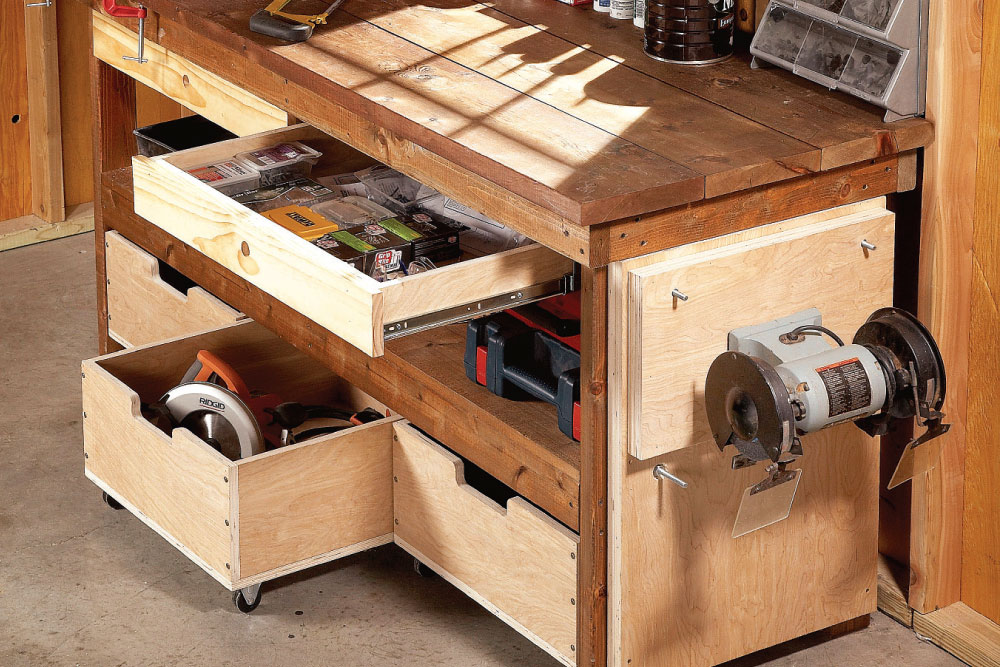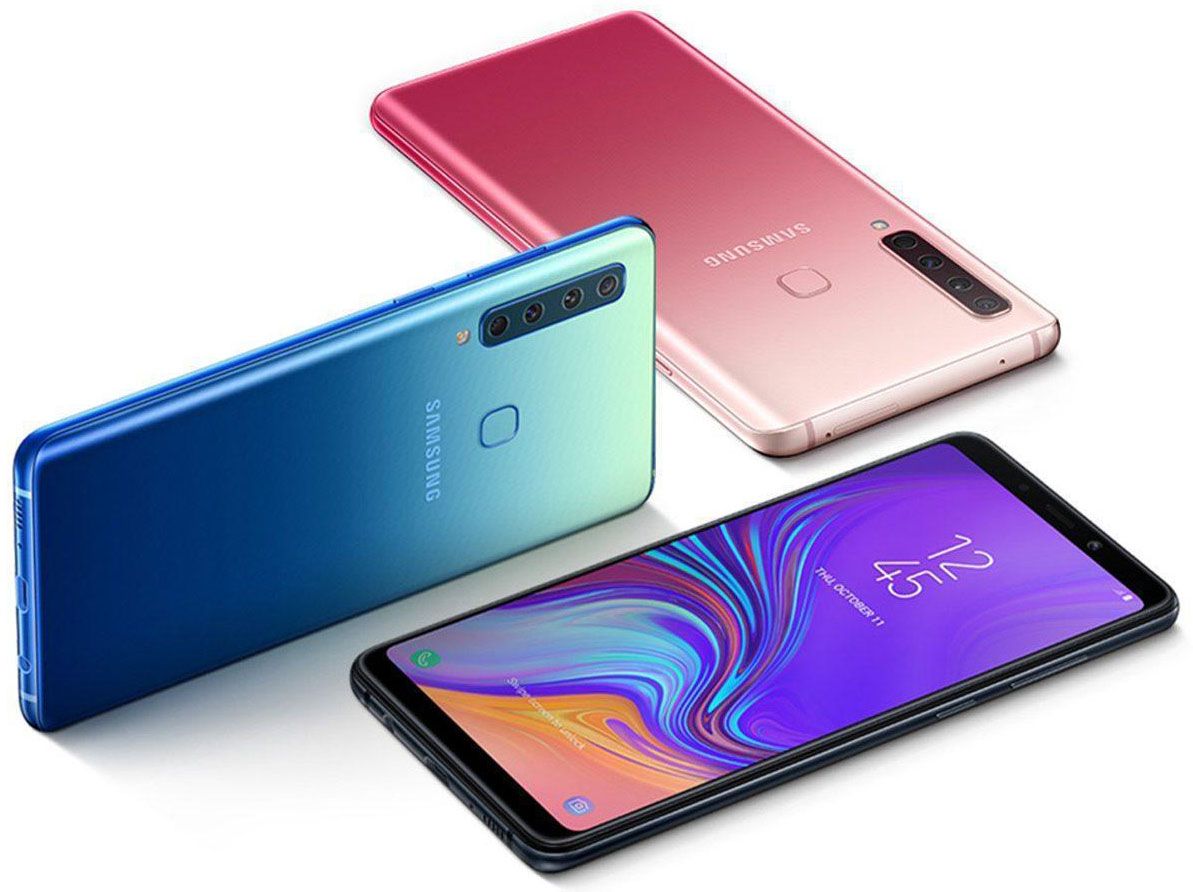Contactless card fraud: how to avoid becoming a victim of fraud

In the modern world, users are increasingly choosing for themselves cards with the possibility of contactless payment, as well as phones with NFC support in order to make purchases by simply bringing the smartphone to the terminal. At the same time, in the era of cyber technologies, perhaps no one will be surprised that fraudsters will also look for ways to covet other people's finances. What to fear and how to avoid fraud with a contactless bank card, we will talk below.
Where contactless technologies are used
Not only terminals in stores support contactless technology. We come across a system for working with NFC tags very often, for example, if the organization has electronic passes functionality.
It should be understood that in order for the contactless reading system to work, as in fact, and reading in general, it is necessary to have certain software that allows both to write information on a plastic medium (for example, about the owner of the pass), and to read this information.
More and more enterprises, whether they are retail outlets, transport organizations or offices with the need for an access system, are switching to NFC terminals or readers. Someone installs stationary devices, while others buy small portable readers that work by direct connection to a laptop or other similar device.
It is these latter, very compact devices that can be dangerous for cardholders with contactless payment options.
NFC Fraud
Some time ago, the Internet community was excited by a video message from one popular blogger about receiving a reader from Aliexpress, with which you can write off money from a bank card without the owner's knowledge.
Details can be found here:
How scammers work
It is important to remember that the danger is not hidden in the device itself, which, by the way, can be purchased not only on the Chinese trade portal, but also in Russian stores. But about the gadget itself below. The danger lies in the software that is installed on the thief's laptop, where the reader is connected.
The fraudster must have both a laptop and a compact reader, which he will try to bring to the card. Some may note that it is impossible not to notice a person with two devices. However, given the size of modern "laptops" and the miniature size of the reader, we can safely say that swindlers have every chance of success.
As a result of such illegal manipulations, the client may lose up to 1,000 rubles.
Important! The amount of 1000 rubles is the maximum because it does not require the client to enter a PIN code to write off the account. If in the future the maximum increases, then the risks will be higher.
What is a reader
There are a lot of models capable of handling NFC tags in a compact size. Let's take the ACR122U-A9 model as an example. Device dimensions: Size: 98 mm (L) x 65 mm (W) x 12.8 mm (H), weight: 70 g.
The reader works with SO 14443 Type A and B tags, ISO / IEC 1809, and is capable of operating in three available NFC modes, be it reading, emulation and peer-to-peer. It is the last formulation that assumes the exchange of data, including financial.
The reader is connected to a computer via a USB connector, supports OS: Windows, Mac OS, Linux.
Important! That the device can be seen by the signals of the two-color LED.
On Russian trading floors, the device is sold with software, the average cost is 6,000 rubles.
Remember! That the device itself has no purpose to rob the owners of bank cards, it becomes dangerous with fraudulent software.
How to protect your card from fraudsters
Rule one: Connect SMS-informing services.
It is important to understand that for a bank account, such an operation is, in fact, no different from a purchase or payment in some terminal network. This means that upon its completion, the client will receive a notification on his mobile phone.
Yes, the operation was completed, but prompt communication with the bank or a quick focus on others will prevent repeated write-offs.
Rule two: Don't disregard the card.
After paying for the purchase or paying in transport, the card should be immediately removed from free access. A fraction of a second will be enough for a fraudulent transaction.
Rule three: Do not carry the card where the reader can be close to it.
As you can see, no reader will work at a great distance. But the thin fabric of a pocket of trousers or a jacket and even the material of a handbag will not be able to block the reader from contactless access.
Therefore, when removing the card, try to block it from the outside world with some denser barrier.
Ladies are advised to place the card in the middle pocket of the bag, it is better if it will additionally be in a wallet or other dense case.
Men should also use a purse rather than just putting a piece of payment in their pocket.
It's important to never put your bank cards in the back pocket of your trousers. Agree, it is much more difficult to bring something to the breast pocket than to the back one. In the latter case, the owner may simply not notice it.
If it was not possible to keep track of the bank card, and the money was nevertheless debited, you should immediately contact the bank that issued the card. This must be done personally in order to write statements demanding to challenge the operation. Credit institutions are usually able to solve this problem.
As a conclusion, it should be noted that the security of their finances, first of all, should be ensured by the cardholder. Being vigilant and taking precautions means staying with your money.
new entries
Categories
Useful
Popular articles
-

Top rating of the best and inexpensive scooters up to 50 cubic meters in 2024
Views: 97661 -

Rating of the best materials for noise insulation for an apartment in 2024
Views: 95022 -

Rating of cheap analogues of expensive medicines for flu and colds for 2024
Views: 91751 -

The best men's running shoes in 2024
Views: 87680 -

Top ranking of the best smartwatches 2024 - price-quality
Views: 85091 -

Best Complex Vitamins in 2024
Views: 84801 -

The best dye for gray hair - 2024 top ranking
Views: 82406 -

Rating of the best wood paints for interior use in 2024
Views: 77202 -

Ranking of the best action cameras from China in 2024
Views: 75269 -

Rating of the best spinning reels in 2024
Views: 74827 -

The most effective calcium supplements for adults and children in 2024
Views: 72462 -

Top rating of the best means for male potency in 2024 with a description
Views: 68296









